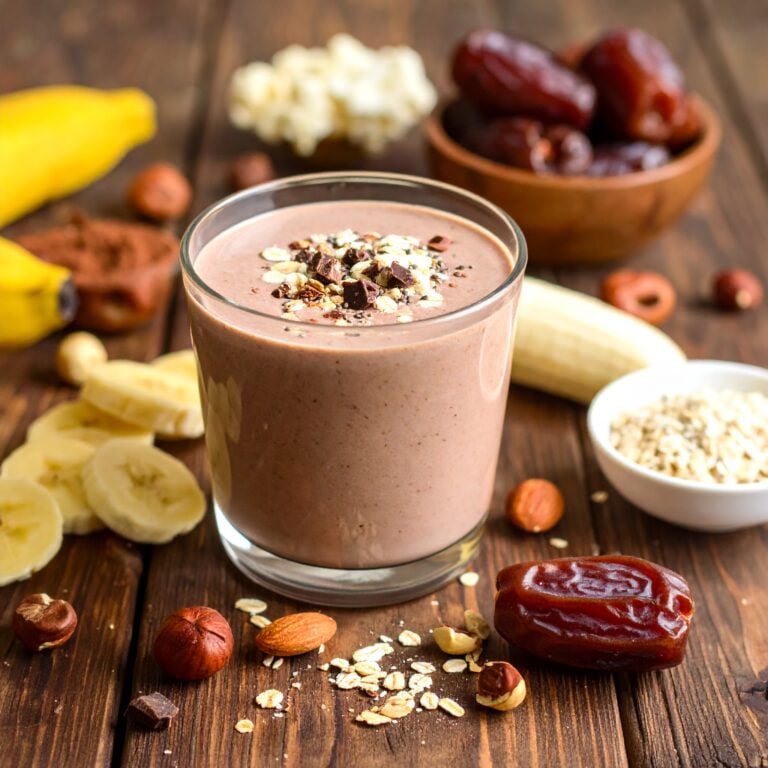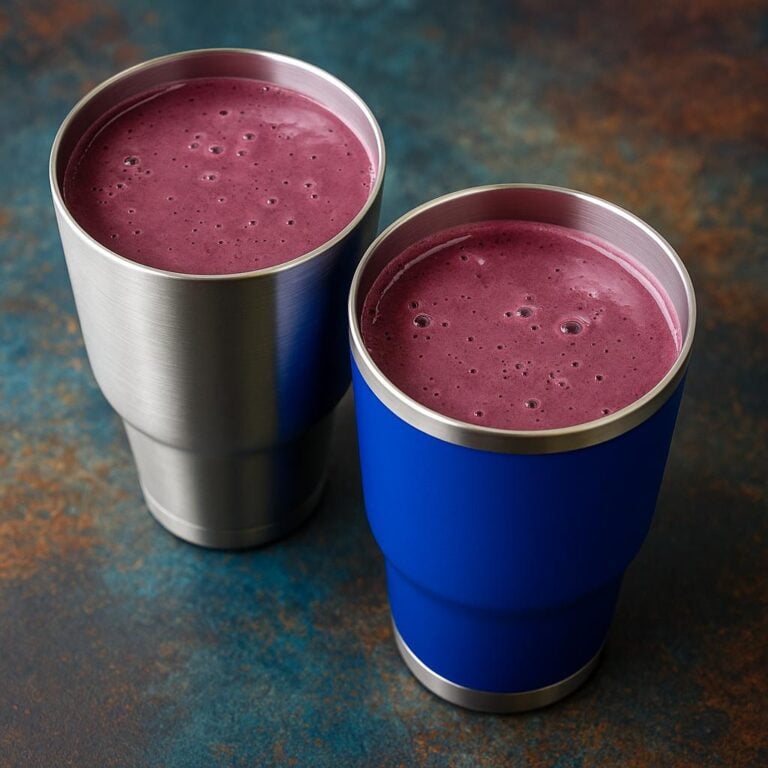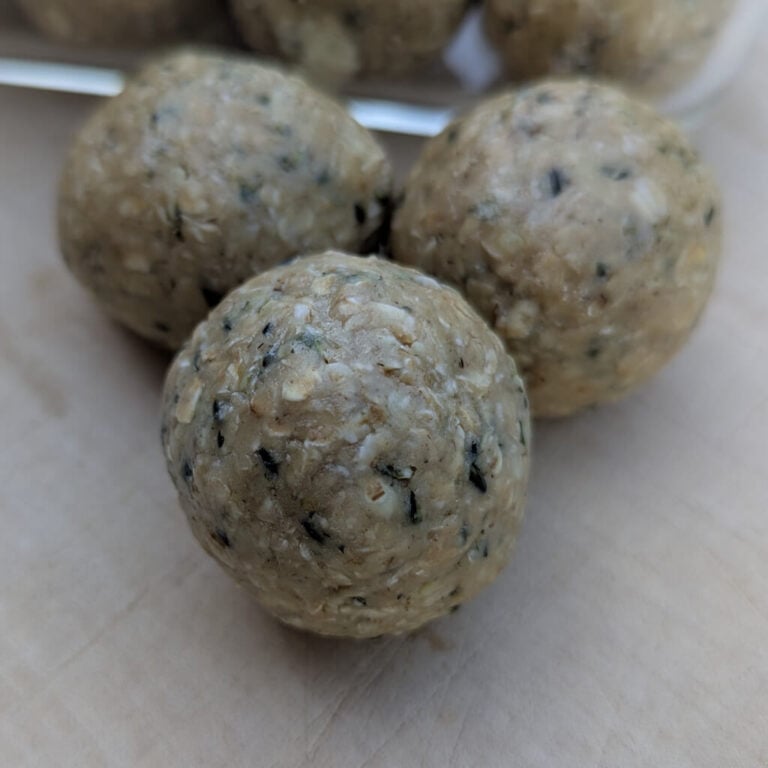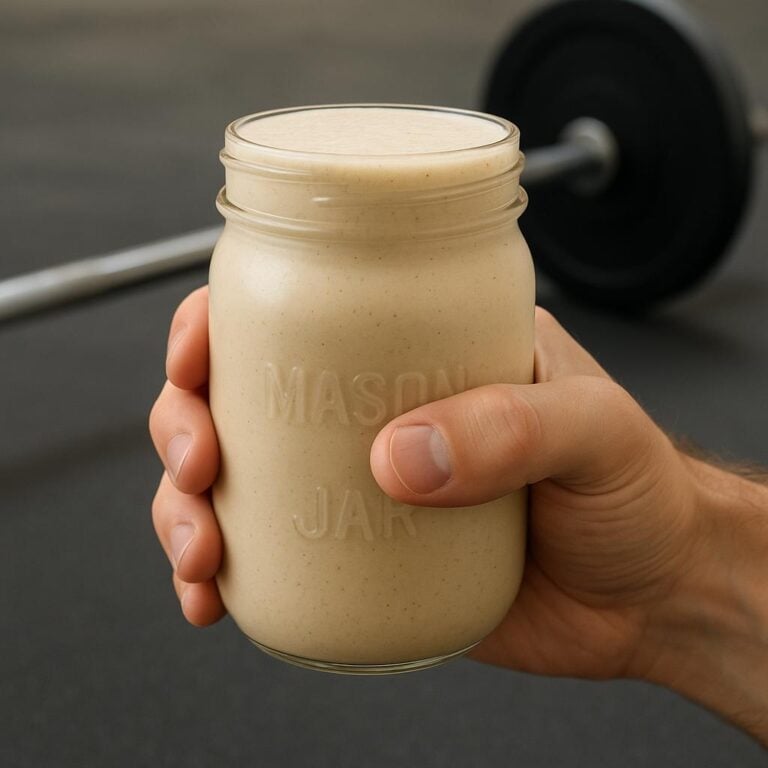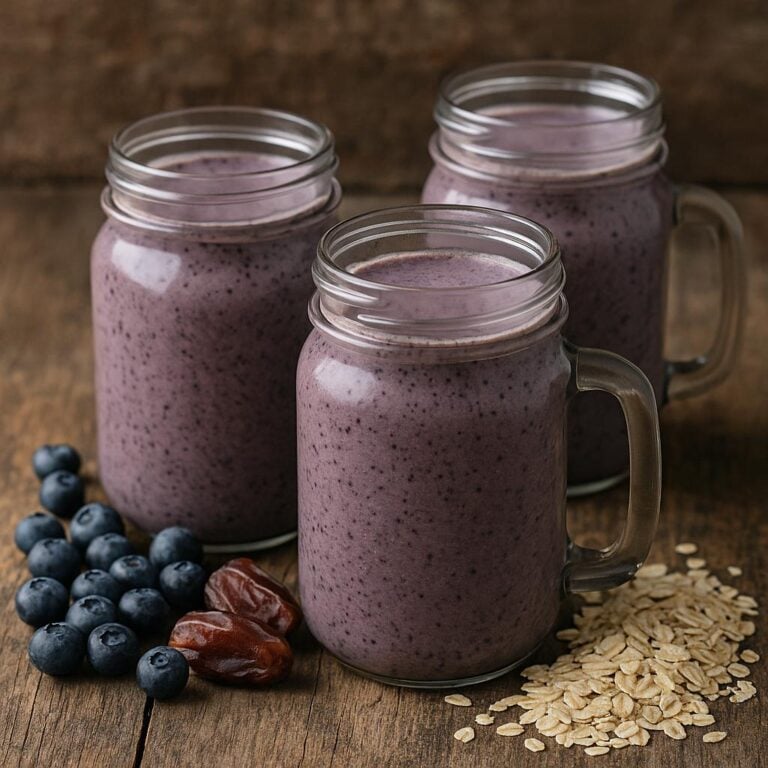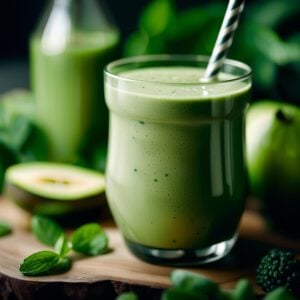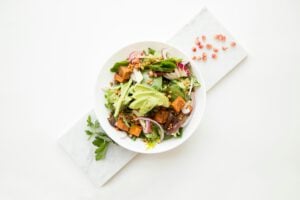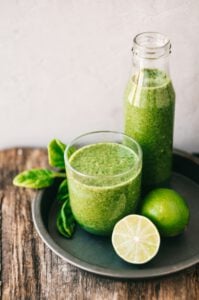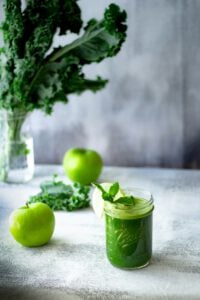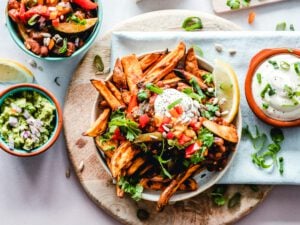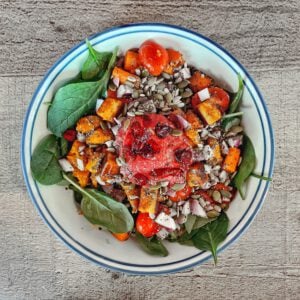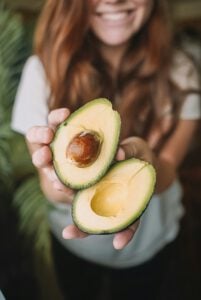Notella… Nutella!! Get it? Maybe, I guess it depends on if you’ve had Nutella before. I used to love Nutella, and I’m still very partial to chocolate and hazelnut as a flavour combination. I did actually spot that there’s now a plant-based Nutella. I can’t vouch for it as I’ve not tried it (yet), but the ingredients list isn’t terrible. I wouldn’t eat it out of the jar or anything, but a bit on a rice cake after you’ve been for a run isn’t likely to do you any damage either! If you’re in the UK, you can find it in Sainsburys.
Anyway, this smoothie. It works with hazelnuts (if you want the chocolate-hazelnut flavour), but if that’s not your thing, then you can switch the hazelnuts out for almonds.
Otherwise, it’s chocolatey and utterly delicious. There’s also almost 30g of protein per serving, 70g carbohydrates, a reasonable chunk of raw cauliflower, a tablespoon of chia seeds to increase omega-3’s and some raw cacao, which is full of antioxidants.
A high protein in a smoothie is beneficial because it helps support muscle repair and growth (especially after exercise), and keeps you feeling full for longer. It also helps stabilise blood sugar, reducing energy crashes and cravings later in the day.
Protein is essential for maintaining lean body mass, supporting hormone and enzyme production, and aiding recovery from physical activity. Including a high amount in a smoothie is a convenient way to meet your daily protein needs, particularly if you follow a plant-based diet or have higher requirements due to training.
If you’ve been training, then 70g of carbohydrates in a post-training smoothie is very beneficial—especially after endurance or high-intensity exercise. Carbs help replenish glycogen stores (the energy stored in your muscles), which get depleted during training. This is crucial for recovery, reducing fatigue, and preparing your body for your next session.
Including both fast-digesting carbs (like dates) and slower-digesting carbs (like oats or cooked sweet potato) provides a mix of quick energy and sustained fuel. When combined with protein, carbs also help stimulate muscle protein synthesis more effectively, speeding up repair and growth. In short, 70g of carbs post-workout is ideal for refuelling and recovery—especially if you’ve been running, cycling, or doing strength training. That said, there’s no oats or sweet potato in this recipe, but you can easily add 40g oats or some cooked sweet potato to get the slower digesting carbs into the mix.
A smoothie with 70g of carbohydrates and 30g of protein can still be perfectly fine (even if you haven’t trained) because your body still needs fuel and nutrients to function well throughout the day. Carbohydrates are your brain and body’s primary energy source, supporting everything from focus and mood to digestion and daily movement (like walking, working, or even just thinking hard!).
Protein is essential for maintaining lean body mass, supporting immune function, and keeping you fuller for longer, which can help prevent snacking on less nutritious options later. As long as the overall smoothie fits within your daily energy needs, there’s no harm in having a nutrient-dense, carb- and protein-rich smoothie on a rest day. it’s still nourishing, satisfying, and a great way to pack in whole foods.
Yes! You can’t taste it, but it does add a creaminess to smoothies. It’s it’s rich in vitamins, antioxidants, and fibre, all of which support overall health. It’s particularly high in vitamin C, which boosts immunity and protects cells from damage, and contains compounds like sulforaphane and glucosinolates that may help reduce inflammation and support the body’s natural detox processes.
Eating it raw preserves these beneficial plant compounds, many of which can be reduced by cooking. It’s also low in calories but high in fibre and water, making it filling and supportive of digestion and weight management.
One thing to note though is that for people with sensitive guts, raw cauliflower can cause bloating due to its fibre and FODMAP content. If this is relevant for you, please skip the cauliflower. You could replace it with 20g avocado which will add creaminess but also increase the overall fat content of the smoothie (it’s a good fat though, don’t be scared of it).
Raw cacao powder is made by cold-pressing un-roasted cacao beans to remove most of the fat (cacao butter), leaving behind a nutrient-rich, fine powder. Unlike cocoa powder, which is processed at high temperatures, raw cacao is kept at lower temperatures to preserve its natural antioxidants, enzymes, and heat-sensitive nutrients like flavonoids and magnesium. The result is a bitter, chocolatey powder that can be used in smoothies, energy balls, overnight oats, or homemade chocolate. It’s essentially the purest, least processed form of chocolate, offering more health benefits than standard cocoa powder.
Raw cacao is packed with antioxidants, minerals, and mood-boosting compounds that support both physical and mental health. It’s one of the richest natural sources of magnesium, which helps with energy production, muscle function, and stress reduction. Raw cacao also contains iron, zinc, and flavonoids — potent antioxidants that support heart health and help fight inflammation.
Unlike processed cocoa, raw cacao hasn’t been exposed to high heat, so it retains more of these beneficial nutrients. It also contains compounds like theobromine and phenylethylamine, which may enhance mood, focus, and feelings of wellbeing.
One thing to note is that it does contain caffeine. I’m very caffeine sensitive, so I couldn’t have this smoothie in the evening as I’d be awake for hours!
I hope you enjoy this as much as we do.

1 small banana.

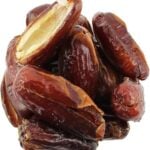
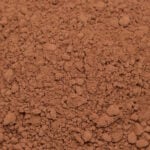
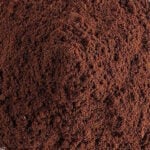
1/8tsp.
Almonds also work well here.
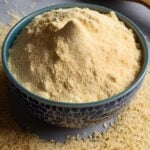
Or another vegan protein powder.

1tbsp.

Or any plant-based milk. Soy milk would add more protein.


Optional.
